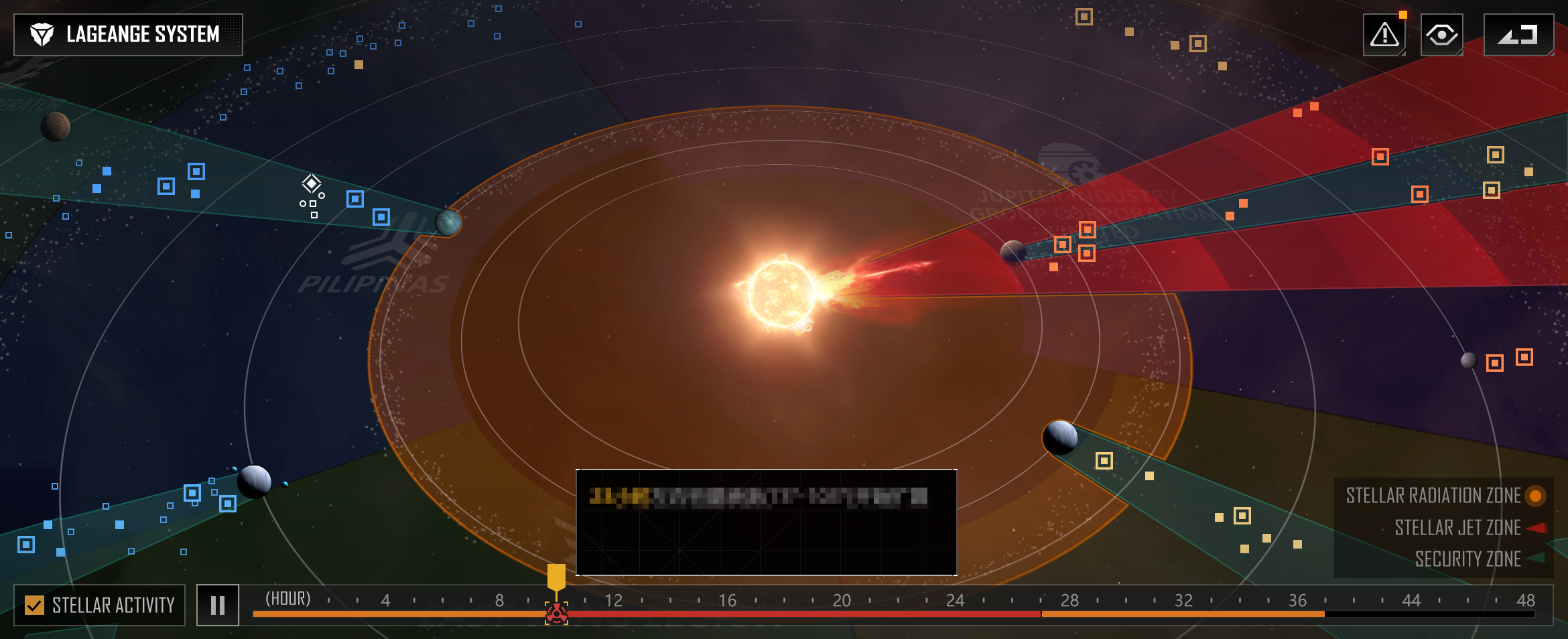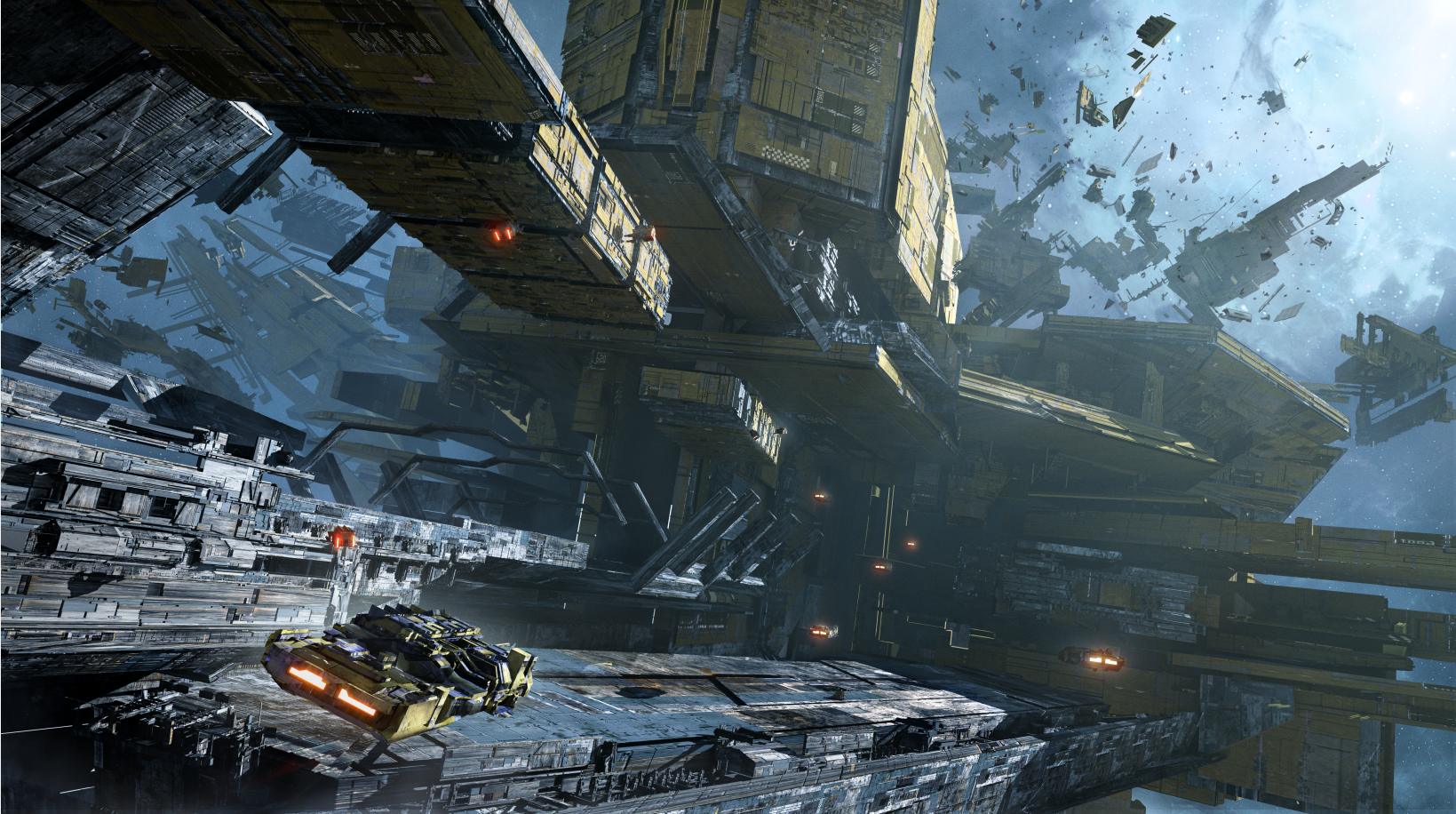Later in the Galactic War, the star HD232b at the center of the Fire Seeker System had an abnormal emission of high radiation, affecting almost the entire star system. Above 70% of the cities, space stations, buildings, and fleets system-wide received severe damage, so did the protection facilities of the L893 Gate, making the stargate unable to run. The stellar emission phenomenon continues till now, and the entire star system has already been classified as a "Danger Zone." Some factions even closed the relevant nodes connecting to the Fire Seeker System in the Lagrange Network.
In the following decades, this phenomenon occurred and caused widespread devastation in multiple star systems. According to the Report on the Reasons for High Radiation Emission in Some Star Systems and their Network Loss Situation, there are abnormal changes in space warping at the Lagrange points. It may affect the gravity at the core of stars, lead to the high-energy emission from the interior of them irregularly, and thus cause severe damage to the entire star system. This phenomenon is academically called "Space Warping Vibration," also commonly known as "Warping Reverberation."
The Antonios Consortium was also affected by the disaster. Some of the star systems run by them have already begun to have "Space Warping Vibration." Radiation of high levels is emitted at irregular intervals, affecting the star system environment. The consortium's management decided to transfer the valuable assets out of these star systems, including large amounts of experiment data, as soon as possible. Therefore, the Data Rescue Agreement has been issued to recruit experienced explorers to rescue experiment data from these star systems fulls of dangers.

A Fleet Affected by High-Energy Emission (This image is for display only and does not represent the final quality)
From the intel we have, there is a set pattern for the abnormal stellar activity. It can be divided into the Rising stage, Peak stage, and Declining stage. The scope of the radiation zone in a star system will change with the intensity of the stellar activity.

Stages of Abnormal Stellar Activity (This image is for display only and does not represent the final quality)
During their abnormal activity, stars emit lots of high radiation at intervals hindering the operation of cities, space stations, and fleets. Some of the planets can block stellar jets so that the areas behind them are not susceptible to the high-energy emission from stars. You can take these areas as your security zones.

The Screen for Checking Stellar Activity (This image is for display only and does not represent the final quality)
There are many Experiment Centers and Observation Stations with the storage of encapsulated data scattered across these star systems. These data are the targets of attention and protection for each faction.

An Experiment Center Ruins Where Data Rescue is Ongoing (This image is for display only and does not represent the final quality)
Up till now, the Warping Reverberation phenomenon has drawn close attention from the majority of the Galactic Factions. Both the future research into it and its development will have a profound influence on the landscape of the entire Lagrange Network.
We will gradually reveal the detailed gameplay of the Data Rescue Agreement and the development rating rules in these star systems in the future. Please stay updated for more information.






